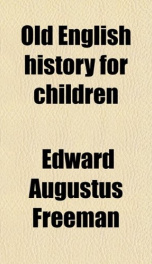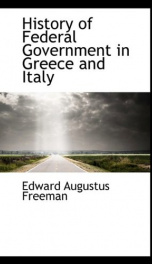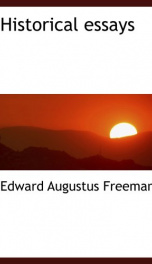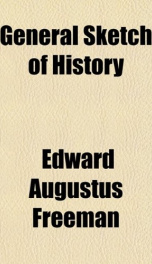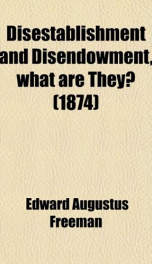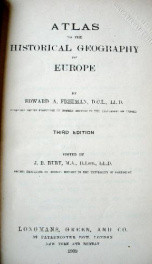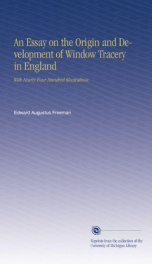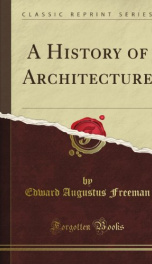historical and architectural sketches chiefly italian
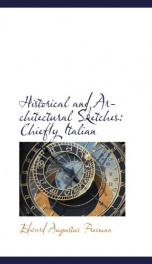
Purchase of this book includes free trial access to www.million-books.com where you can read more than a million books for free. This is an OCR edition with typos. Excerpt from book: ANCIENT VEEONA. We spoke casually of some of the buildings of Verona in speaking of Romanesque architecture in Northern Italy. But, like all the great Italian cities, Verona may be looked at in many ways, and in truth the only way truly to master any of them is to visit them again and again, looking at them each time with a special view to one class of subjects. As for objects of other classes, it will be well for the time being, we will not say to shut the eyes to them altogether, but certainly to look at them only as subordinate to what for the time is the main object of study. Taking Verona as an example, there is the classic Verona, the Verona of Catullus and Pliny; there is the Verona of the Nibelungen, the Bern of Theodoric; there is the mediaeval Verona, the Verona of commonwealths and tyrants, the Verona of Eccelino and Can Grande; and there is the Verona of later times, under Venetian, French, and Austrian bondage, the Verona of Congresses and fortifications. Verona, like Le Mans, is an Ecbatana, spreading, circle beyond circle, each range having its own history and its own monuments. Of one of these ranges it is at first disappointing to find so little to remind us. When we think of the fame of Verona in Teutonic romancehow the city and the hero have each taken the name of the other, and how they have been fused together on Teutonic lipswe are tempted to mourn that" Dietrich von Bern " should have left such slight traces of himself in his own Dietriehsbern. But it is perhaps well that the surviving monuments of Theodoric and his age should be gathered together round the one spot which stands by itself in the whole world. It may be well that the city which boasts of his church, his palace, and his tomb should not be exposed to rivalry from another city which, thou... --This text refers to an alternate Paperback edition.
Info about the book
Author:
Series:
Unknown
ISBN:
1421240068
Rating:
2.5/5 (3)Your rating:
0/5
Languge:
English
Users who have this book
Users who want this book
What readers are saying
What do you think? Write your own comment on this book!
write a commentGenre
if you like historical and architectural sketches chiefly italian try:
Other books by this author
Do you want to exchange books? It’s EASY!
Get registered and find other users who want to give their favourite books to good hands!
